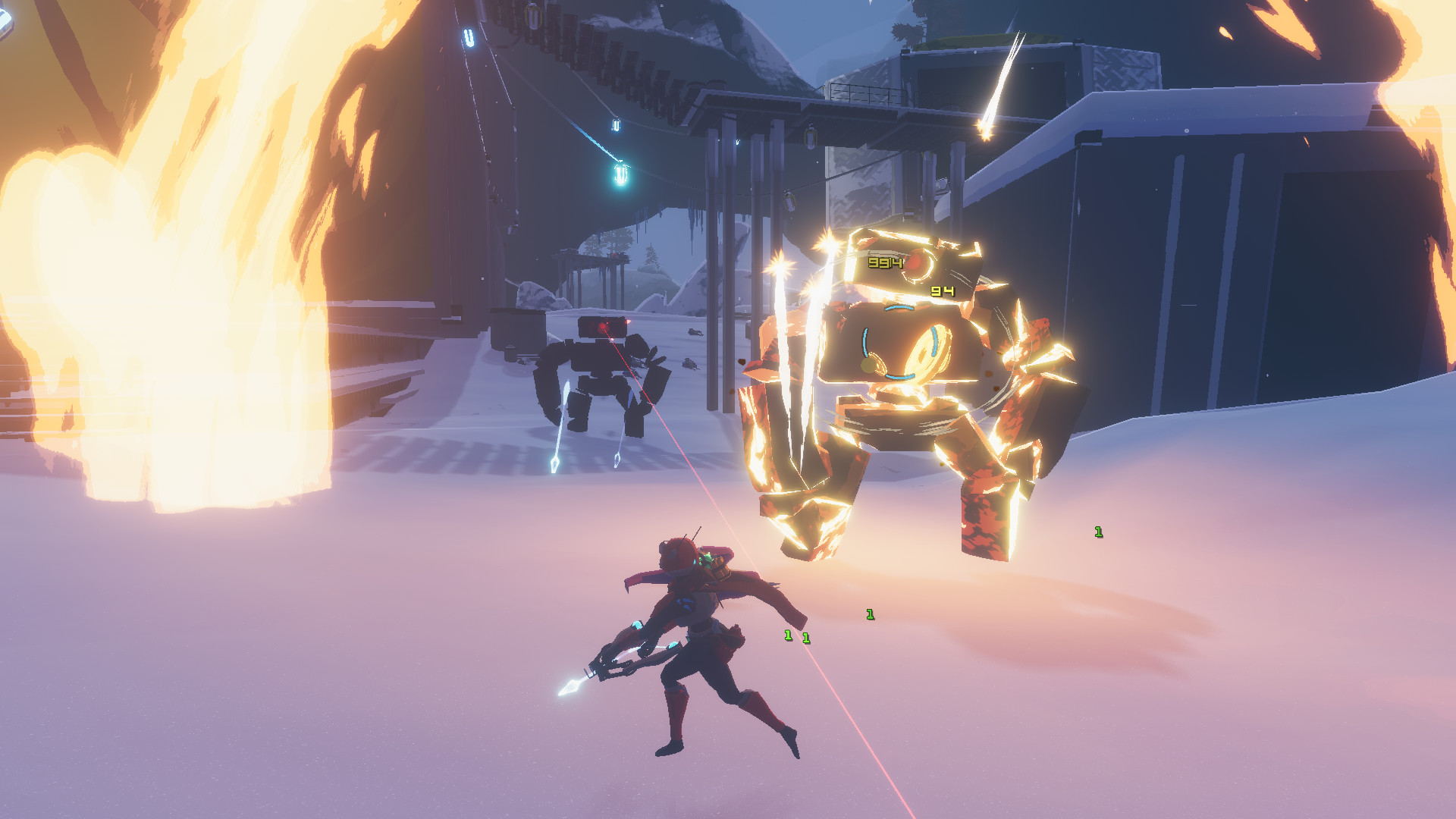


We highlight measures to reduce the risk as well as identify of knowledge gaps related to this issue. Field researchers handling animals are identified as the human group posing the highest risk of transmission to animals while tourists and other personnel pose a significant risk only when in close proximity (< 5 m) to Antarctic fauna. However, caution needed until further research is carried out and consequently, the precautionary principle should be applied. Among Antarctic wildlife previous in silico analyses suggested that cetaceans are at greater risk of infection whereas seals and birds appear to be at a low infection risk. Indoor spaces such as those at research stations, research vessels or tourist cruise ships could allow for more transmission among humans and depending on their movements between different locations the virus could be spread across the continent. The environmental conditions in Antarctica seem to be favourable for the virus stability. We assess the reverse-zoonotic transmission risk to Antarctic wildlife by considering the available information on host susceptibility, dynamics of the infection in humans, and contact interactions between humans and Antarctic wildlife. Therefore, concerns have been expressed regarding the potential human introduction of this virus to the continent through the activities of research or tourism to minimise the effects on human health, and the potential for virus transmission to Antarctic wildlife.
RISK 2 + CRACK FREE
Antarctica can be considered the only continent free of SARS-CoV-2. SARS-CoV-2 is a novel coronavirus with a suggested zoonotic origin with the potential for cross-species transmission among animals. This pathogen has spread rapidly across the world, causing high numbers of deaths and significant social and economic impacts.

:max_bytes(150000):strip_icc()/before-after-56a4a2d25f9b58b7d0d7eff8.jpg)
The coronavirus disease 2019 (COVID-19) pandemic is caused by the severe acute respiratory syndrome coronavirus 2 (SARS-CoV-2).


 0 kommentar(er)
0 kommentar(er)
